Question: "Why does my cat attack her tail?"
Marlene, Jessica, and Dustin live with their two-year-old cat, Monkey, who they adopted at a month of age when found in a bush in their driveway. Monkey was born to a feral neighborhood cat. She gets along great with the dogs Diesel and Pangea, is okay with Kali, a one-year-old sister cat, and is adjusting to the new 10-week-old kitten.
Monkey attacks her own tail. Marlene says Monkey did this for a short time after she was spayed a year ago. "She started again intermittently about a month ago and the frequency has increased. Now Monkey hisses and attacks her tail, hissing, and swatting at it, all day and night. She will stop for short times and then start again. We have tried talking to her, picking her up, and squirting her with water from a squirt bottle."
The veterinarian could find nothing wrong and suggested it was a behavioral issue and suggested tests and possibly kitty Prozac, but they're beyond the owner's current budget. Instead, the veterinarian suggested "calming drops" placed in Monkey's water, and Marlene got a "Good Behavior Calming Collar" (Available at Amazon) which have helped "a tiny bit but not much.
Amy's Answer
I like to examine behavior problems first from the physical and then emotional health. You can use the H.I.S.S. Test, which stands for health, instinct, stress, and symptom solvers. Your veterinarian may have eliminated all these possibilities, but I'll keep this response general to help as many other readers as possible.
H=Health
I'm sure your veterinarian gave Monkey a thorough exam. In many cases, though, self-directed aggression is prompted by discomfort. Something as simple as a flea bite on the tail or an arthritic tail joint could spur interest in the tail that escalates to attack. Since this first happened immediately following a spay, it appears discomfort might be a trigger for Monkey. In addition, a rather uncommon condition called hyperesthesia syndrome can be characterized by tail chasing and rippling skin on the cat's back.
I=Instinct
Motion triggers instinctive hunting behavior. Kittens especially target their own (or other cats') tails during play. Usually, the youngster outgrows this type of behavior although some older cats will continue to play with their own tails from time to time.
S=Stress
Stress can prompt all kinds of behaviors and health issues. What stresses cats varies between individual animals. For some, it might be changing the drapes, while other cats can maintain their emotional health through almost anything. Redirected aggression is one-way cats relieve excess stress, and it is possible that Monkey redirects aggression at her own tail in an effort to relieve the angst. The recent addition of a new kitten to your household could be a stressor for Monkey.
S=Symptom, Signs & Solutions
What you describe could be one or any combination of some of the scenarios suggested above. Unfortunately, without further tests suggested by your veterinarian, it's doubtful you'll find a specific cause.
The self-directed attack can lead to the mutilation of the tail and isn't something that I can really advise you about treatment. The underlying cause has to be determined, for example using radiographs (X-rays) to check the bones and joints, an evaluation for nerve damage in the tail, or a second opinion from a veterinary dermatologist to check for parasites. Hyperesthesia syndrome can only be diagnosed when physical ailments have been ruled out but will sometimes improve with stress/boredom relief and redirection. Anti-anxiety medications, like the Prozac your veterinarian recommended, may also be necessary.
The SentryHC Good Behavior Calming Collar uses pheromones that mother cats produced when nursing to reduce the baby's fear. These same pheromones have been proven to reduce fear and aggression in adult cats as well. If this is a painful or neurological condition and not fear-related, the collar and calming drops you mentioned may not help but probably wouldn't hurt.
Talk to your veterinarian if Monkey's behavior has not yet returned to normal. It sounds as if she is suffering--either physically or emotionally--and requires help to return to her normal, happy self.

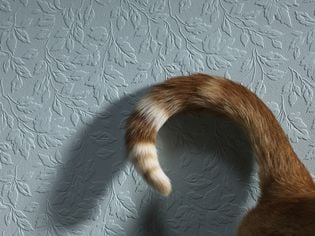
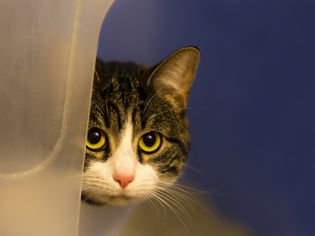
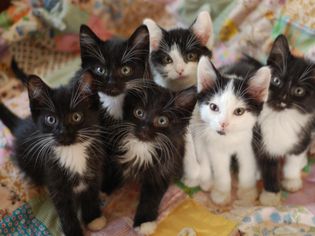
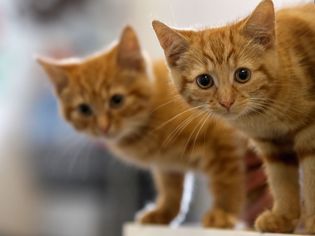
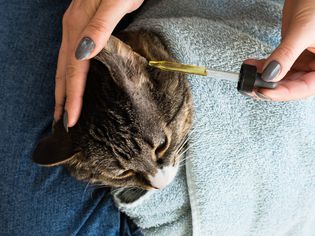
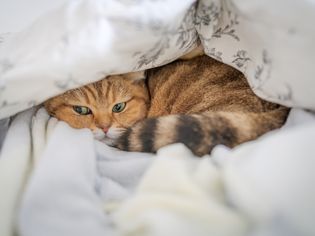
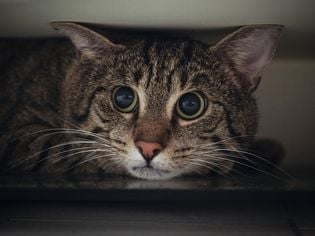
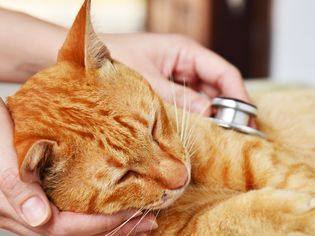
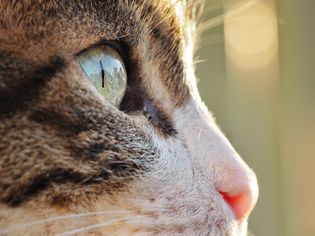
Comments on " How to Stop a Cat From Attacking Its Tail" :